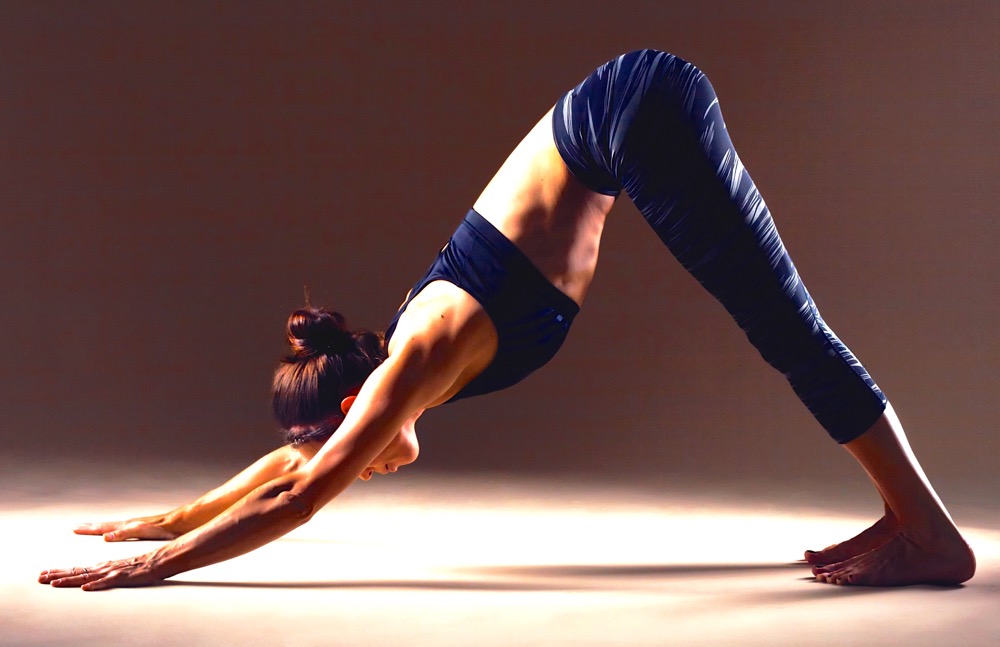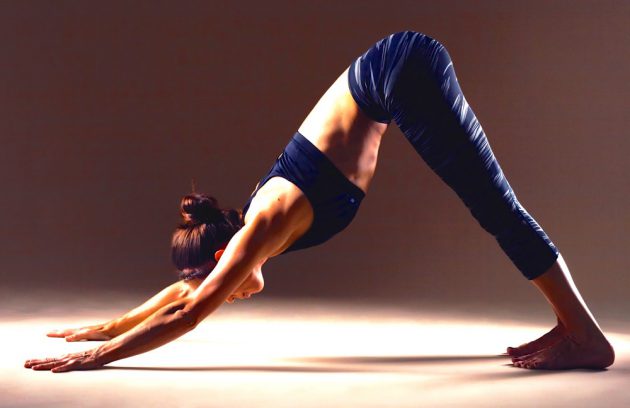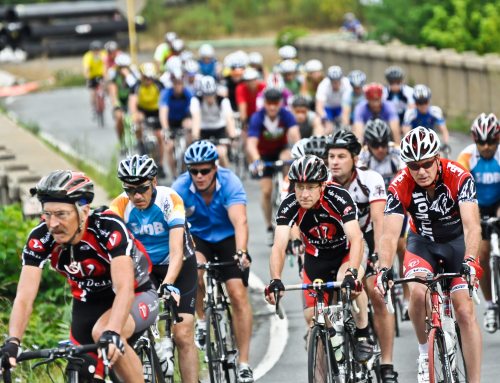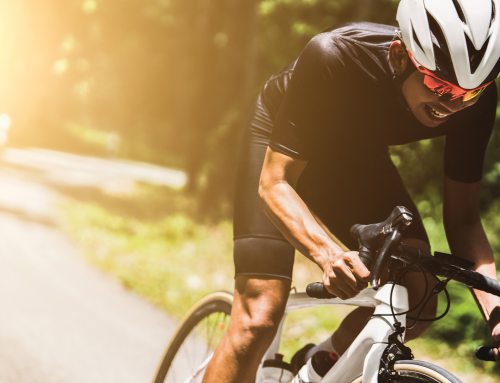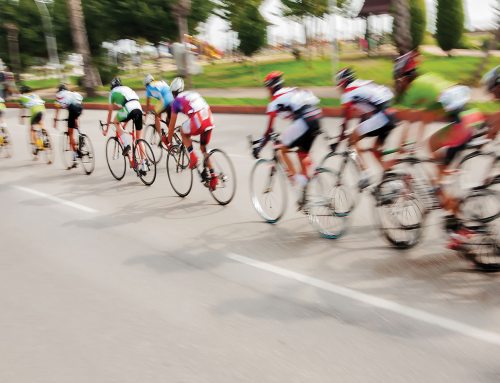By Thomas Henson
Like many of us who work long hours and have family obligations, I definitely fall into the category of weekend warrior. Injury prevention is my mantra, and I have learned over the years how important it is to prepare the body for strenuous exercise. The one common step in the process that every person should do when it comes to performing at peak levels? A sufficient warm-up.
To get a handle on the best ways to warm up, I talked with Taylor Pope, Doctor in Physical Therapy and owner of Chain Effect Physical Therapy and Performance Enhancement (www.chaineffect.us). The first bit of advice was regardless of your fitness level, prioritize the warm-up phase; it is your body’s safest time to limber up without risking major injuries. A good warm-up should repetitiously take the body through its comfortable ranges of motion to address the joints, muscles, and tendons. Begin with a top down approach, giving 15-20 seconds to each major joint of the body, using techniques such as neck rolls, shoulder shrugs, and arm and wrist circles. Follow these with other gentle warm-ups such as trunk rotations, pulling knees to chest, and ankle rotations. An unloaded exercise, such as body weight squats, then has you ready to amp it up a bit with the exercises below.
LEG SWINGS
Too often, people neglect to pay enough attention when it comes to mobilization of the hips. Leg swings are a dynamic movement that is great for stretching the hip-flexors and hamstrings, both important for long rides.
How to: Stand next to and hold a stationary object for stability. Proceed by swinging your outer leg forward and backward, keeping that leg straight while gradually extending the range of the swing with each repetition. Perform this movement at a smooth pace that allows you to achieve a long range of motion for about 10-15 repetitions. To complete the set, repeat this motion with the other leg. Perform 2-3 sets.
(DYNAMIC) RUNNER’S LUNGE
Cyclists benefit from this exercise because it targets major muscle groups used when cycling–quadriceps, hip flexors, and hamstrings.
How to: Beginning with either leg, extend one leg forward and create a 90 degree bend with that leg. Do not allow the knee to extend beyond your front toes; just over or right behind the front toes is ideal. Now, straighten the back leg as much as possible until you feel the stretch throughout the targeted muscle groups while maintaining a comfortable stance. To challenge yourself, try dynamic variations by adding a twist of the torso (in both directions per lunge) to activate core stability and promote lower back mobility. Perform 5-7 repetitions for each leg. Repeat for 2-3 sets.
DOWNWARD-FACING DOG POSE
Not only does this popular pose stretch the hamstrings, glutes, lower back, calves, but regular practice of this pose also helps strengthen the wrists, shoulders, and back muscles.
How to: Begin on hands and knees with palms spread wide, shoulders placed over the wrists, and knees hip-distance apart. Next, raise the body up off the knees, lift the hips high, straighten the legs (right before lockout), and shift your stomach toward your thighs (imagine your body resembling a triangle off the floor). Hold this pose for 5-7 deep breathes. Repeat for 4-5 poses.
STANDING FIGURE 4
An excellent stretch for opening the hip joints.
How to: Holding on to something for balance, place your right foot on your left thigh and squat down briefly (1-2 seconds) before standing back up, switching legs. Repeat 10-15 times per leg,
CAT COW
This is an important movement for cyclists due to the amount of time spent hunched over the handlebars. This can increase segmental mobility in your spine moving through flexion and extension.
How to: Begin on hands and knees on a soft surface. Let your head bend forward moving your chin towards your chest as lift the center of your back toward the sky as if a string was pulling you up. Next, reverse the curve and lift your head up at the same time, allowing your back to arch toward the ground, rotating your pelvis forward into an anterior tilt (sticking your back-side out). Continue alternating between these two positions holding each a couple of seconds while breathing. Repeat 10-15 cycles.
FUNCTIONAL SQUAT
This knee-dominant movement is important for hips, knees and ankles.
How to: Start in a standing position with your arms over your head, feet shoulder-width and pointing straight ahead. Begin the movement from the hips as you sit back into an imaginary chair, lowering your hips as low as you can while maintaining your head, arms, and chest up. A good squat has the arms, torso, and shinbone in parallel. Keep your knees from caving in during the movement; maintain the center of your knee cap in line with your second toe. Stand back up. Repeat 10-15 times.
With all of these movements do not push through pain. If pain presents, contact your doctor or qualified Physical Therapist to help identify the problem. The final exercise all riders should do as second nature: always check the maintenance of your bike, gear up and put your helmet on!
Ride safe, and I will see you on the road!
# # #
Thomas Henson Jr. is an avid cyclist, and finds much happiness in bike rides with his family and friends. He leads the complex injury litigation department of HensonFuerst Attorneys. He can be contacted at ThomasHenson@lawmed.com.


